Social Security Survives Political Battles

Walk into any coffee shop in America and you’ll likely see elderly folks discussing their Social Security checks with the same casual certainty they’d discuss the weather. Currently, Social Security provides benefits to over 63 million Americans, including over 46 million senior citizens. This wasn’t always the case – before 1935, being old meant being poor, and that was just how things worked.
On August 14, 1935, FDR signed the Social Security Act, creating what has been described as the most effective poverty mitigation program in U.S. history. Despite numerous political attempts to dismantle it, this cornerstone New Deal program has weathered every storm. Although some factions in Congress have attempted to privatize or dismantle Social Security in recent years, it remains one of the most popular and effective New Deal programs that still exist today.
FDIC Protects Your Money Without You Knowing It
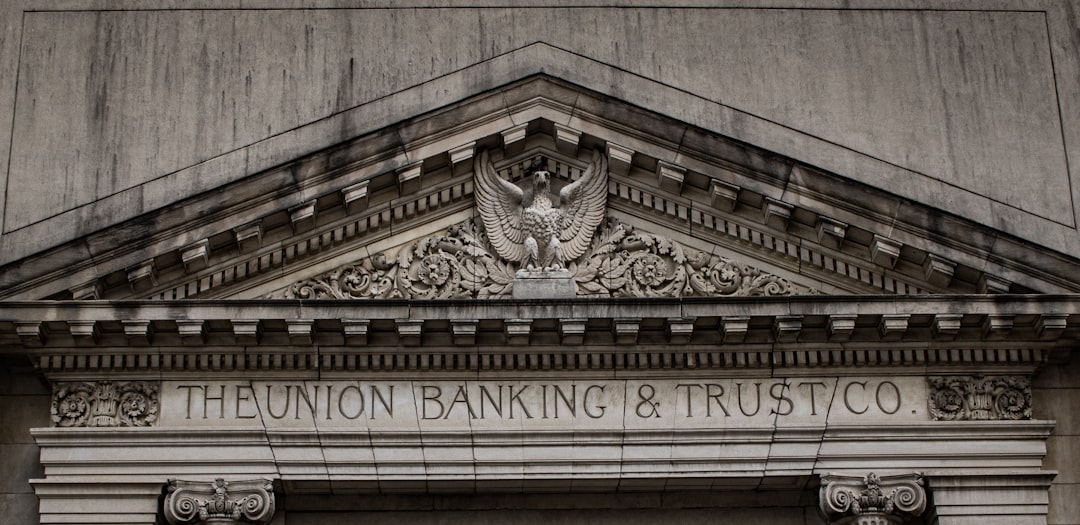
You probably don’t think twice about putting money in your bank account, but that confidence exists because of a New Deal program most Americans take for granted. Between 1930 and 1933, nearly 9,000 U.S. banks collapsed. American depositors lost $1.3 billion in savings. Today, such catastrophic losses seem unimaginable thanks to the Federal Deposit Insurance Corporation.
The FDIC insures savings, checking, and other deposit accounts up to $250,000 for each account ownership category at each bank. It insures $250,000 per owner for some joint accounts. The agency operates so seamlessly that most people forget it exists. The FDIC also examined and supervised more than 5,000 banks and savings associations as of 2024. When a bank fails, It sells the bank to another bank and transfers the depositors to the purchasing bank. The transition is seamless from the customer’s point of view.
FHA Makes Homeownership Accessible to Millions

Imagine needing 50% down payment to buy a house – that was reality before the Federal Housing Administration changed everything in 1934. After the government created the FHA to reduce the risk to lenders and make it easier for borrowers to qualify for home loans, the homeownership rate in the U.S. steadily climbed, reaching an all-time high of 69.2% in 2004, according to research from the Federal Reserve Bank of St. Louis. By the end of 2024, the rate stood at 65.7%.
Government-backed loans are more accessible than conventional mortgages, and more than 80 percent of FHA mortgages are used by first-time homebuyers. The FHA allows for lower down payments—borrowers pay a median down payment of 3.5 percent of their home value, in contrast to the 20 percent the median conventional borrower pays. In 2025, the program continues expanding access. 7+ million households currently live in homes financed by an FHA-insured mortgage. Since January 20, 2025, FHA has insured mortgages for 236,000+ homebuyers, including 140,000+ first-time homebuyers and 7,900+ senior homeowners.
SEC Keeps Wall Street Honest
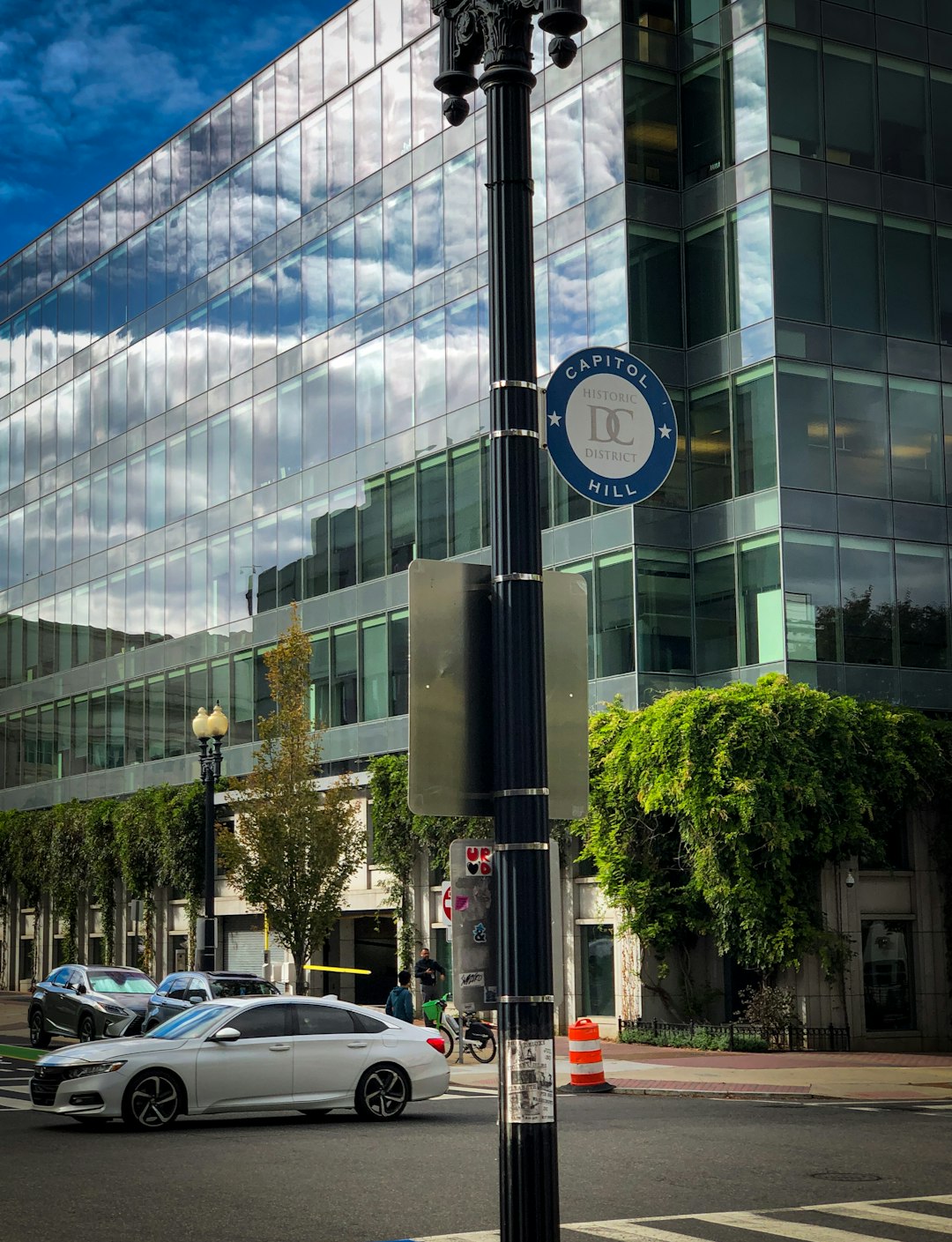
Before 1934, buying stock was like gambling in a rigged casino where the house knew all the cards. The Securities and Exchange Commission emerged from the ashes of the 1929 crash to level the playing field. The SEC is a New Deal program that still exists today, and it works to ensure that “all investors, whether large institutions or private individuals…have access to certain basic facts about an investment prior to buying it, and so long as they hold it.”
Created by the Securities Act of 1934, the SEC transformed Wall Street from a wild west of financial schemes into a regulated marketplace. The largest programs still in existence are the Social Security System and the Securities and Exchange Commission (SEC). Every time you check your 401k or buy stock through an app, you’re benefiting from this New Deal watchdog that requires companies to tell the truth about their finances.
Tennessee Valley Authority Powers the South
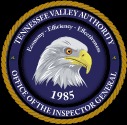
Picture an entire region stuck in the Dark Ages while the rest of America moved forward – that was the Tennessee Valley in 1933. Even by Depression standards, the Tennessee Valley was in dire economic straits in 1933. The average income in the rural areas was $639 per year (equivalent to $11,947 in 2025), with some families surviving on as little as $100 per year (equivalent to $1,870 in 2023). Franklin Roosevelt’s response was audacious: create an entire federal corporation to electrify and modernize the region.
It is headquartered in Knoxville, Tennessee, and is the sixth-largest power supplier and largest public utility in the country. TVA provides electricity to approximately ten million people through a diverse portfolio that includes nuclear, coal-fired, natural gas-fired, hydroelectric, and renewable generation. The TVA proved so successful that it became a global model. Under the leadership of David E. Lilienthal, the TVA also became the global model for the United States’ later efforts to help modernize agrarian societies in the developing world. TVA delivered a record 34,577 megawatts Jan. 17, 2024. TVA is the nation’s largest public power provider.
Federal Housing Programs Beyond FHA
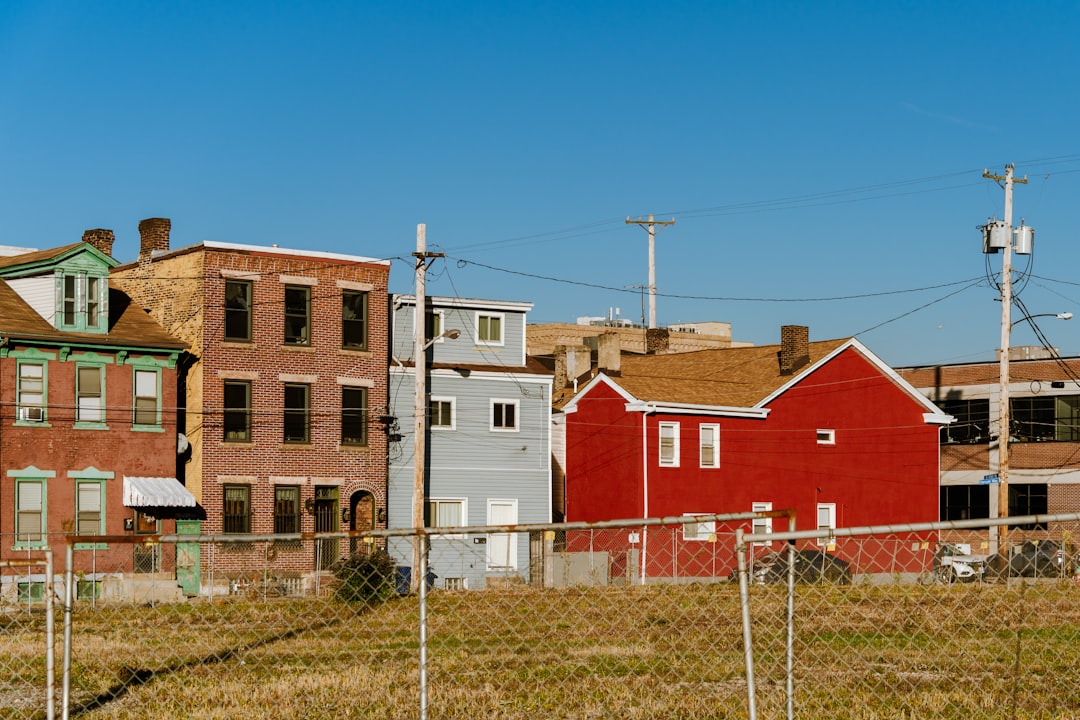
While the FHA gets most attention, the New Deal created an entire ecosystem of housing programs that continue operating today. The Federal Deposit Insurance Corporation (FDIC) in banking and Fannie Mae (FNMA) in mortgage lending are among New Deal programs still in operation. Fannie Mae, originally the Federal National Mortgage Association, revolutionized home lending by creating a secondary mortgage market that made home loans more available nationwide.
These programs work together like invisible infrastructure supporting American homeownership. While most people recognize the FHA, fewer realize that Fannie Mae’s role in purchasing mortgages from lenders keeps money flowing to new homebuyers. Several organizations created by New Deal programs remain active and those operating under the original names include the Federal Deposit Insurance Corporation (FDIC), the Federal Crop Insurance Corporation (FCIC), the Federal Housing Administration (FHA), and the Tennessee Valley Authority (TVA).
Farm Programs That Feed America
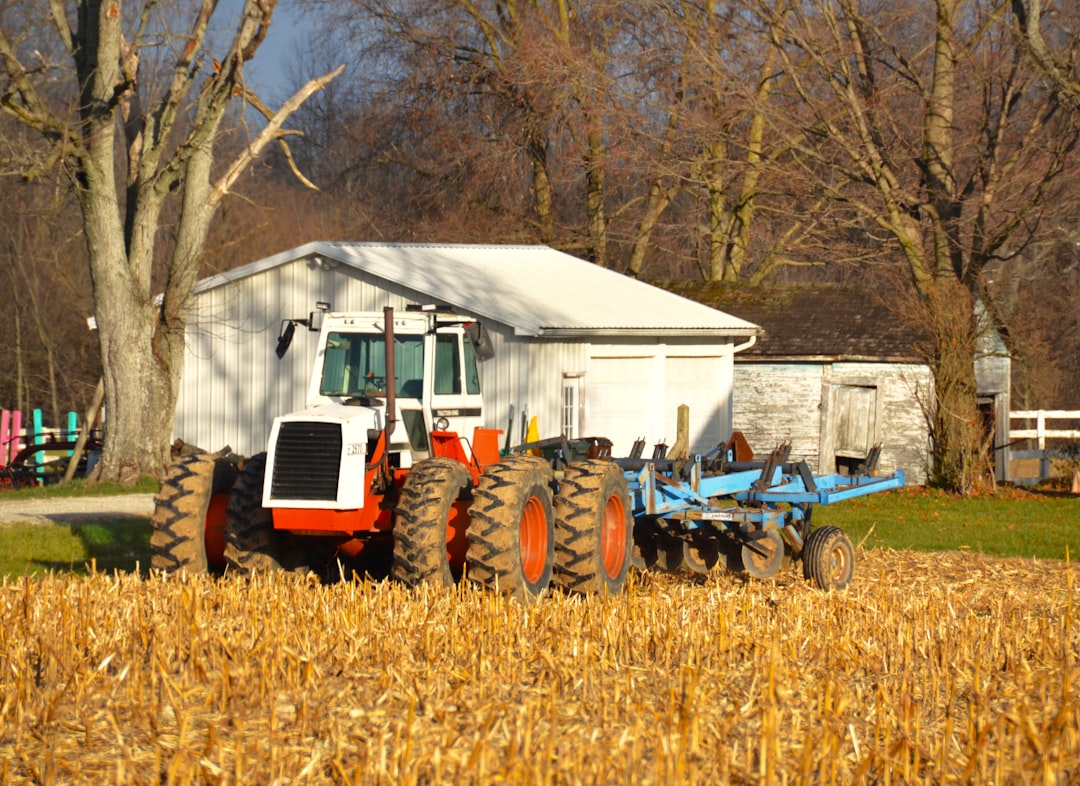
Before the New Deal, farming was a boom-bust cycle that left families destitute when crops failed or prices collapsed. The Agricultural Adjustment Administration, created in 1933, established the principle that government should help stabilize farm income and food prices. Agricultural Adjustment Act (1933, Reauthorized 1938) Created Agricultural Adjustment Administration (AAA) for price stabilization and income support through government purchases, marketing boards, and land retirement.
The Federal Crop Insurance Corporation, another New Deal creation, continues protecting farmers today against weather disasters and market crashes. Modern agricultural subsidies, crop insurance, and price supports all trace their DNA back to these 1930s innovations. While the specific programs have evolved, the basic New Deal principle remains: a stable food supply requires government partnership with farmers to manage risks beyond their control.
Soil Conservation Service Saves the Land

The Dust Bowl of the 1930s taught America a harsh lesson about environmental destruction. A persistent drought that started in 1932 wreaked havoc on the Great Plains. A massive dust storm, dubbed the Dust Bowl, carried the region’s soil away with the wind in the mid-1930s. The problem was literally carried to the steps of Congress, as soil particles coated Washington, D.C., in 1934.
On April 27, 1935, FDR signed legislation establishing the Soil Conservation Service (SCS) as a program of the U.S. This agency taught farmers how to prevent erosion, rotate crops, and manage land sustainably. Today’s Natural Resources Conservation Service continues this mission, working with farmers to protect watersheds, prevent erosion, and maintain soil health. The techniques developed during the New Deal – from contour farming to windbreaks – still protect America’s agricultural lands from another environmental catastrophe.
Labor Relations Board Transforms Workplaces
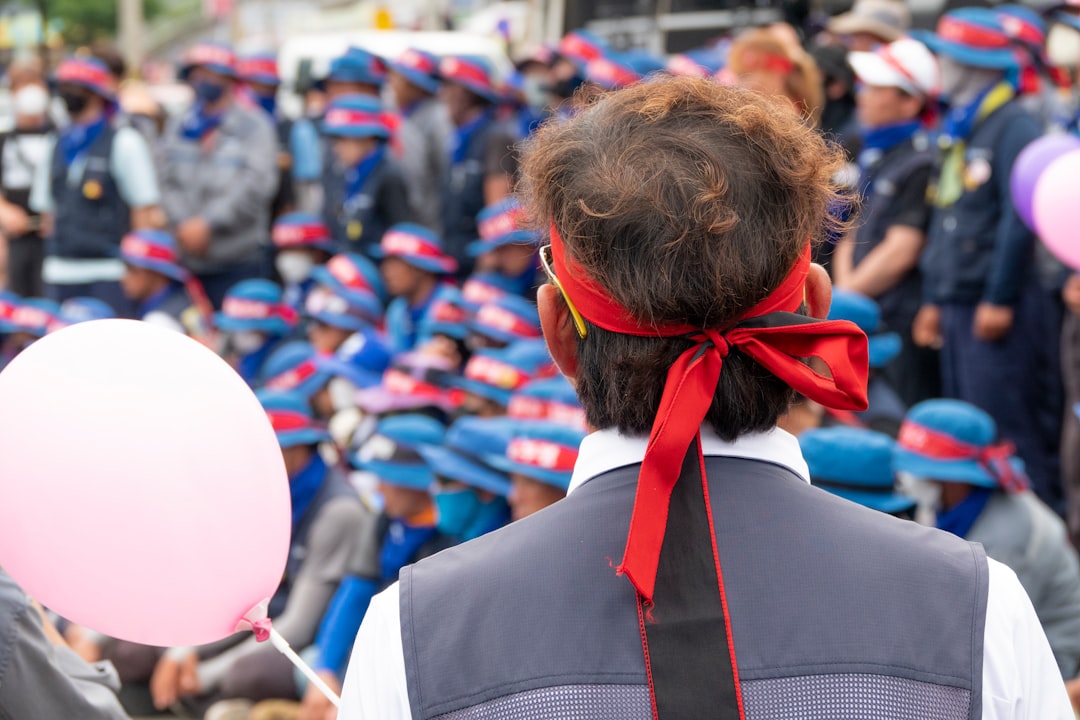
Before 1935, workers had few legal protections when trying to form unions or negotiate with employers. The National Labor Relations Act, part of the Second New Deal, created the National Labor Relations Board to oversee labor disputes and protect workers’ rights to organize. July 5, 1935: President Roosevelt signs the National Labor Relations Act (or “Wagner Act”). The law is administered by the National Labor Relations Board (NLRB), which still exists today in a much-weakened form.
While union membership has declined dramatically since the 1950s, the NLRB continues overseeing workplace disputes and protecting workers’ rights to organize. Modern workplace protections – from overtime pay to safety regulations – built upon the legal framework established by the Wagner Act. Even non-union workers benefit from these protections, as employers must follow labor laws that originated in New Deal legislation.
Public Works Infrastructure Still Serves America

Drive across America and you’re still using infrastructure built by New Deal programs. The Works Progress Administration and Civilian Conservation Corps left a physical legacy that endures today. The Civilian Conservation Corps has been called the “largest peacetime mobilization in U.S. history.” According to the Living New Deal, they included “restoration of 4000 historic structures, the construction of 3100 fire lookout towers, the building of 1500 cabins, the installation of 5000 miles of water lines, the creation of 4600 fish-rearing ponds, [and] the improvement of 3400 beaches.”
During its existence (1935-1943) the WPA employed 8.5 million different Americans and greatly modernized & expanded America’s infrastructure. Many bridges, airports, schools, and parks you use today were built by these programs. The WPA alone constructed thousands of public buildings that still serve communities nationwide. These weren’t just make-work projects – they were investments in America’s future that continue paying dividends nearly a century later.
Banking Regulations Shape Modern Finance
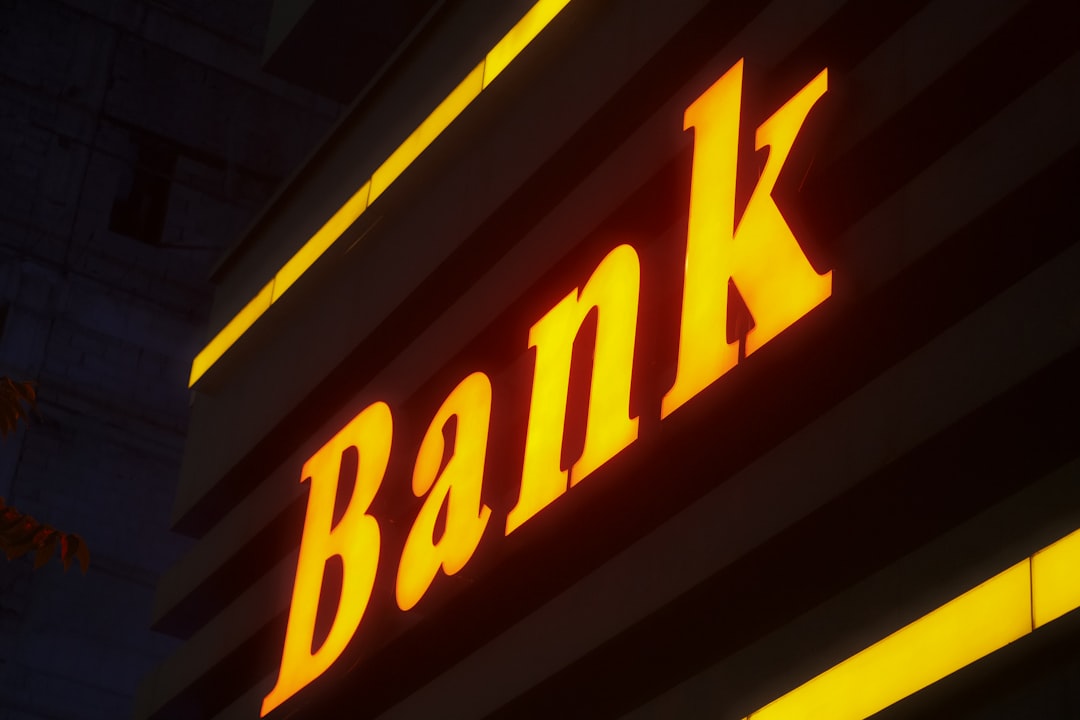
The Glass-Steagall Act of 1933 separated commercial banking from investment banking, creating the stable financial system Americans depend on today. The Banking Act of 1933, also known as the Glass-Steagall Act, separated commercial banking from investment banking and regulated them differently. While parts of Glass-Steagall were repealed in 1999, core banking regulations established during the New Deal continue protecting consumers.
The Emergency Banking Act of 1933 gave the federal government authority to examine and supervise banks, preventing the kind of bank runs that destroyed savings during the early Depression. The FDIC still exists today. These banking reforms created the foundation for modern financial regulation, from credit card protections to mortgage lending standards. Even today’s debates over financial regulation echo arguments first made during the New Deal about how much government oversight banks should face.
The Legacy Lives On in Crisis Response

Perhaps the New Deal’s most important legacy isn’t any single program, but the precedent that government should act decisively during economic crises. The central goals of the New Deal were to stabilize the financial system, provide relief to farmers, find jobs for the unemployed, and boost manufacturing. Historians have described it as “capitalism with safety nets and subsidies.”
When COVID-19 hit in 2020, policymakers reached for the same playbook FDR used in 1933: direct payments to individuals, emergency lending programs, and massive infrastructure spending. The New Deal established that government has both the authority and responsibility to intervene during economic emergencies. Nearly 100 years after the Great Depression, Americans are still benefiting from New Deal programs—and their protections and entitlements have become such a part of the social fabric that we often take them for granted. These programs didn’t just survive because they worked – they became so embedded in American life that we can’t imagine living without them.





